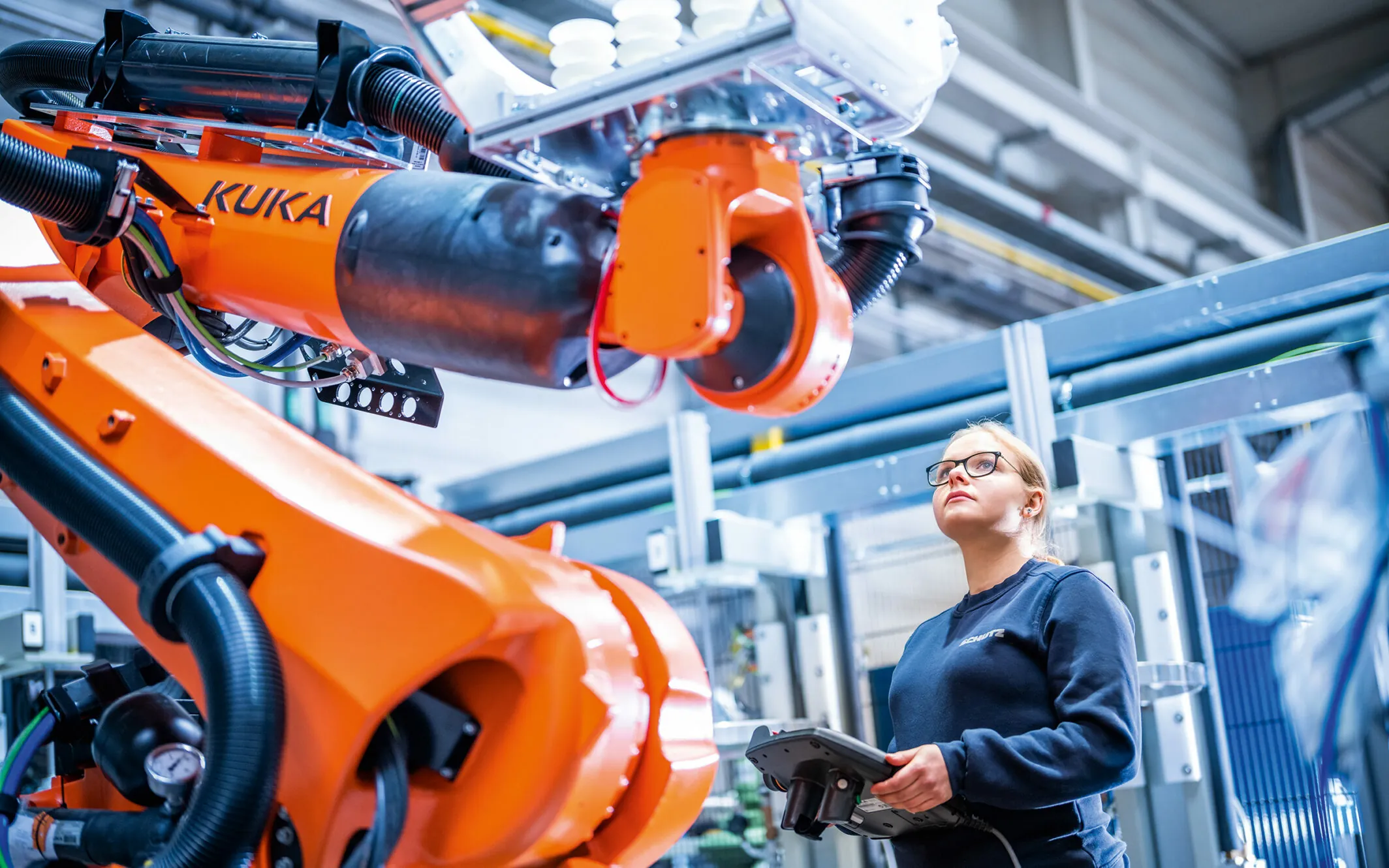Highlight

Successful together – our valantic Team.
Meet the people who bring passion and accountability to driving success at valantic.
Get to know usThis website is also available in your language.
About
Highlight

Successful together – our valantic Team.
Meet the people who bring passion and accountability to driving success at valantic.
Get to know usAbout
Highlight

Successful together – our valantic Team.
Meet the people who bring passion and accountability to driving success at valantic.
Get to know usOur mission: Digital excellence for our customers.
With in-depth know-how, clear values, and a vibrant corporate culture, we shape digital transformations that make a real impact.
Careers
Careers
Highlight

Female Digital Impact
Women are increasingly shaping the IT industry – at valantic, we create opportunities together and promote talent so that diversity becomes a strength.
Turn your vision into realityCareers
Highlight

Female Digital Impact
Women are increasingly shaping the IT industry – at valantic, we create opportunities together and promote talent so that diversity becomes a strength.
Turn your vision into realityCareers at valantic – making a difference together.
Are you looking for a professional environment with challenging digital projects for renowned clients? You're in the right place.
December 15, 2022

The shortage of skilled workers and engineers has reached a historic peak, and mechanical and plant engineering companies in particular are suffering from this shortage: According to current surveys* by the industry association VDMA, only one in three companies can now fill their vacant engineering positions as planned. While the rate in the last comparable survey was about 50%, it now reflects the general ongoing shortage of skilled workers on the labor market, something that currently affects 90% of companies according to the VDMA.
The pressure on industry is not likely to decrease in the future either: Due to the still high volume of orders, a pleasing development, 60% of companies expect a further increase in demand for engineers and skilled workers. The personnel gap will continue to widen until at least 2027. So what can companies do about this?
The fact that companies will have to fight for goods on procurement markets and fight for specialists and managers on the labor market is something that every board of directors and all managers will have to contend with until the situation improves. Given the need for catch-up with regard to digitalization, companies are often slow to realize that in addition to the valuable contribution that HR can make, IT can also contribute to closing the personnel gap. The following examples from mechanical engineering and plant construction illustrate the role of IT and the opportunities that it presents:
1. State-of-the-art IT as an important part of an attractive working environment. The use of IT systems is increasingly becoming a knockout criterion for companies looking for skilled workers on the labor market. Just a few years ago, the flood of paper scared applicants off; today, the stumbling block is outdated, uncomfortable, and cumbersome IT systems, for specialized employees can develop their skills only with equally specialized IT systems.
Applicants therefore not only examine the physical workplace, but also the software systems used in their field and their usability. Lack of transparency can, for example, quickly become a showstopper for control and planning specialists in mechanical engineering and plant construction, where multi-level parts lists and process chains must be displayed in real time.
2. IT-assisted HR planning: Workforce management tools not only help with structured staffing planning, they also excel using AI-based methods such as intelligent shift planning, which ensures optimal use of existing personnel.
What’s missing at most companies in the industry, however, is the integration of HR deployment planning with production and procurement planning and, if necessary, also with project planning in order to orchestrate and optimize the shop floor and engineering across the boards.
3. Automated decision-making and preparation: Automation based on AI and machine learning is used for more than just plugging the gaps in the workforce with IT. Instead, it helps the team focus on critical and decision-making tasks. Automated systems not only determine the non-automatable exceptions, they also provide solutions for them. This enables managers and professionals to make decisions faster and, above all, in a more informed fashion.
In machine engineering and plant construction, for example, complex order networks must be planned upstream for production in comparison with capacities and material procurement. Today, AI-based tools enable automated scheduling and they perform continuous sequence optimization of complex process chains in real time – with every new order and every factor that influences the supply chain.
Don't miss a thing.
Subscribe to our latest blog articles.